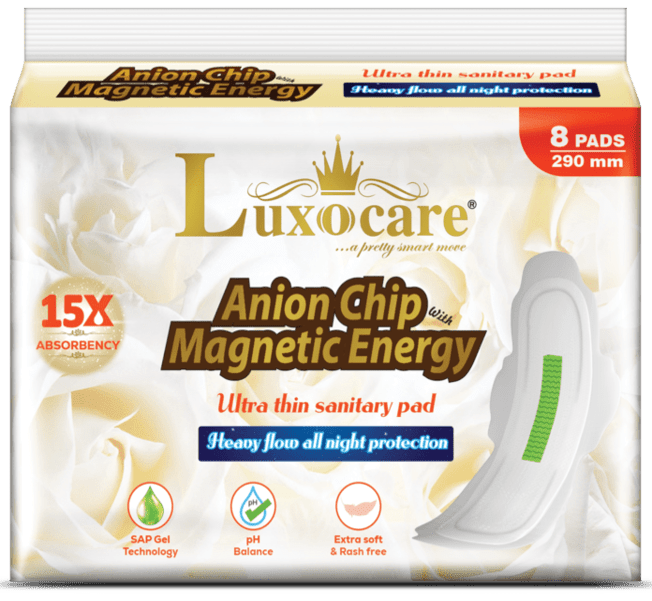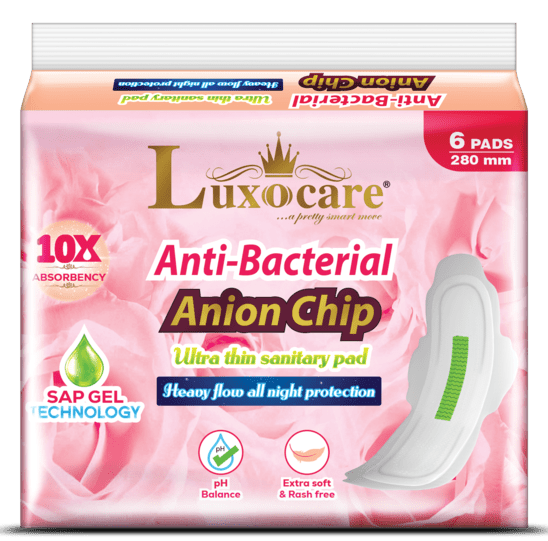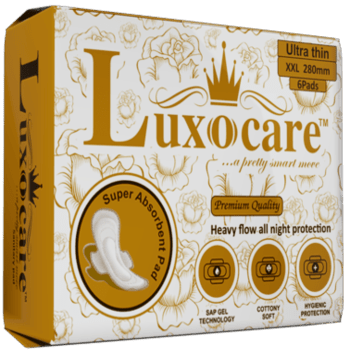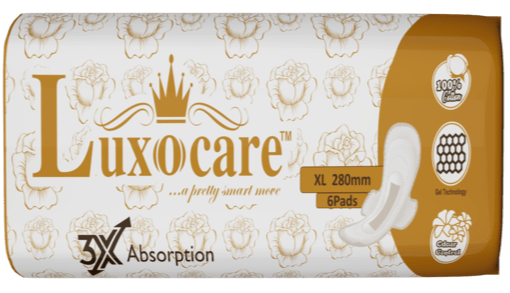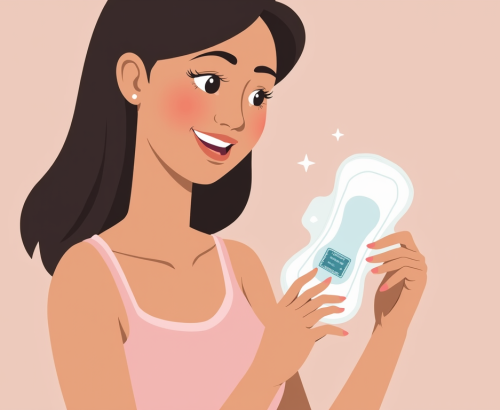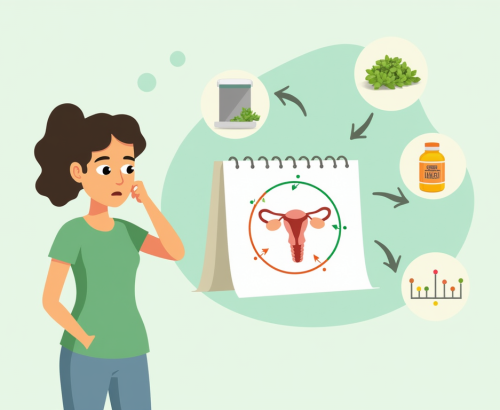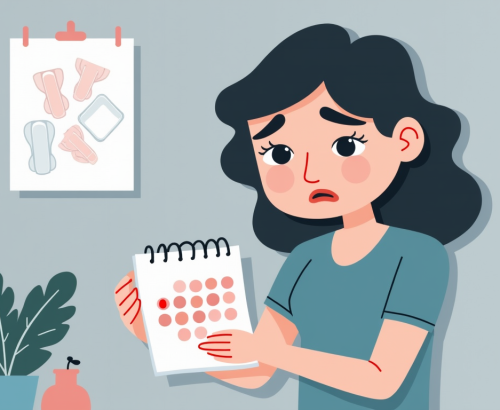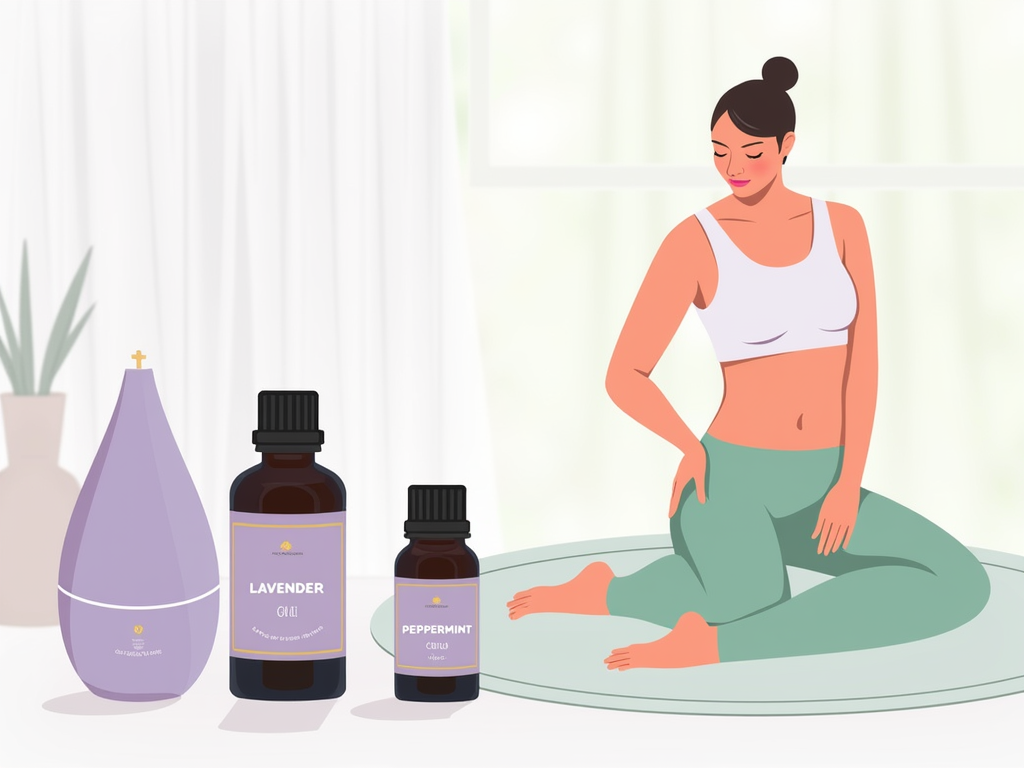
Essential oils can offer a natural and soothing approach to managing period pain. They are derived from plants and are known for their therapeutic properties, which can help alleviate menstrual discomfort. Here’s a comprehensive guide on how to use essential oils effectively for period pain relief.
Understanding Essential Oils for Period Pain
Essential oils are concentrated plant extracts that capture the natural essence of their source. They are often used in aromatherapy and topical applications to support various aspects of health, including pain relief. For period pain, certain essential oils are known for their analgesic (pain-relieving), anti-inflammatory, and muscle-relaxing properties.
Essential Oils for Period Pain Relief
1. Lavender Oil
Properties: Lavender oil is renowned for its calming and relaxing effects. It has analgesic and anti-inflammatory properties that can help reduce menstrual cramps.
Usage: Dilute a few drops of lavender oil with a carrier oil (like coconut or jojoba oil) and gently massage it onto your lower abdomen. You can also add lavender oil to a diffuser for a calming effect.
2. Peppermint Oil
Properties: Peppermint oil has cooling and soothing effects that can help alleviate pain and discomfort. It also has antispasmodic properties that may help relax the uterine muscles.
Usage: Mix a few drops of peppermint oil with a carrier oil and apply it to your lower abdomen. The cooling sensation can provide immediate relief from cramping.
3. Clary Sage Oil
Properties: Clary sage oil is known for its ability to balance hormones and relieve menstrual cramps. It has anti-inflammatory and analgesic effects.
Usage: Dilute clary sage oil with a carrier oil and massage it onto your lower abdomen. You can also add a few drops to a warm bath for a relaxing soak.
4. Eucalyptus Oil
Properties: Eucalyptus oil has anti-inflammatory and analgesic properties that can help relieve menstrual pain and discomfort.
Usage: Add a few drops of eucalyptus oil to a diffuser to inhale its soothing vapors, or dilute it with a carrier oil and apply it to the affected area.
5. Geranium Oil
Properties: Geranium oil is known for its hormone-balancing properties and can help relieve menstrual cramps and discomfort.
Usage: Dilute geranium oil with a carrier oil and massage it onto your lower abdomen. It can also be used in a warm compress for added relief.
How to Use Essential Oils Safely
1. Dilution
Carrier Oils: Always dilute essential oils with a carrier oil (such as coconut, almond, or jojoba oil) before applying them to your skin. This helps prevent skin irritation and ensures safe application.
Recommended Ratio: A general guideline is to use 2-3 drops of essential oil per tablespoon of carrier oil.
2. Patch Test
Check for Sensitivity: Before using a new essential oil, perform a patch test by applying a small amount of the diluted oil to a small area of skin. Wait 24 hours to ensure there is no allergic reaction or irritation.
3. Avoid Direct Contact with Sensitive Areas
Sensitive Skin: Avoid applying essential oils directly to sensitive areas or mucous membranes. Always use a carrier oil to dilute essential oils before application.
4. Use in Moderation
Avoid Overuse: Use essential oils in moderation. Overuse can lead to skin irritation or sensitization. Follow the recommended guidelines for each oil and avoid applying excessive amounts.
Methods of Application
1. Topical Application
Massage: Dilute essential oils with a carrier oil and gently massage the mixture onto your lower abdomen. This can help alleviate cramps and discomfort.
Warm Compress: Add a few drops of essential oil to a bowl of warm water, soak a cloth in the mixture, wring it out, and apply the warm compress to your lower abdomen.
2. Aromatherapy
Diffusers: Use a diffuser to disperse essential oils into the air. This can provide a calming environment and help reduce overall stress and discomfort.
Inhalation: Add a few drops of essential oil to a bowl of hot water, cover your head with a towel, and inhale the steam. This method can help with relaxation and pain relief.
3. Bath
Soothing Soak: Add a few drops of essential oil to your bathwater. For best results, mix the essential oil with a carrier oil or bath salt before adding it to the water. Soaking in a warm bath can help relax muscles and relieve cramps.
Precautions and Considerations
1. Consult with a Healthcare Provider
Medical Conditions: If you have any medical conditions, are pregnant, or are taking medications, consult with a healthcare provider before using essential oils.
Allergies: If you have known allergies to certain essential oils, avoid using them and opt for alternatives.
2. Quality of Essential Oils
Choose Quality: Use high-quality, pure essential oils from reputable sources to ensure safety and effectiveness. Avoid products with synthetic additives or contaminants.
3. Storage
Proper Storage: Store essential oils in a cool, dark place away from direct sunlight. Proper storage helps maintain their potency and effectiveness.

